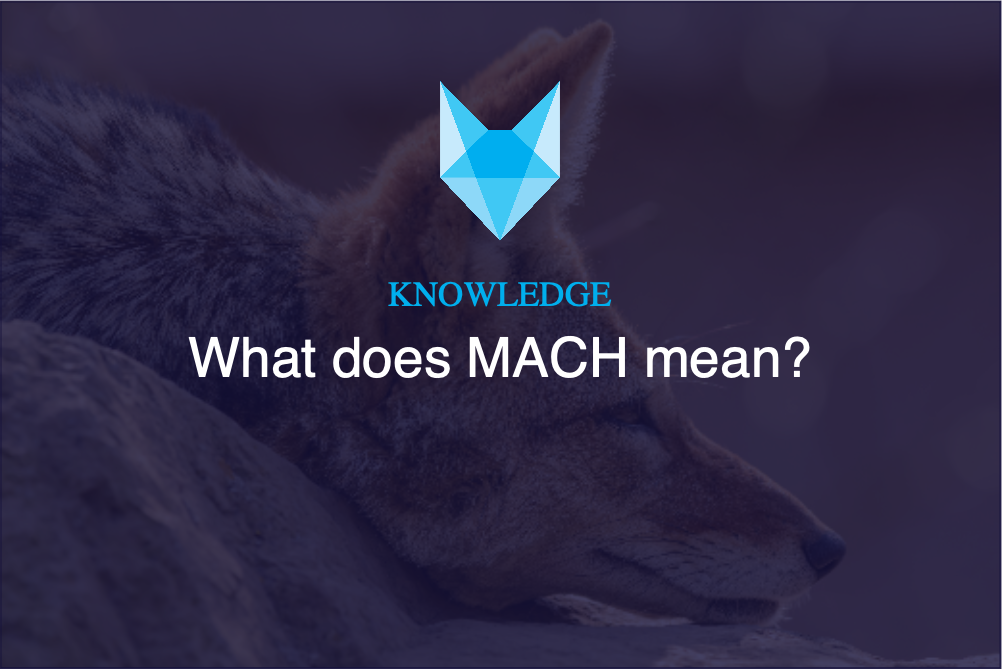
What does MACH mean?
The MACH acronym—Microservices, API-first, Cloud-native, and Headless—describes a modern approach to building digital systems that prioritize flexibility, scalability, and agility. These principles are becoming increasingly popular in enterprise-level software development, especially in industries like e-commerce and digital experience platforms.
VELOX was built using MACH before the acronym and concept became popular!
Microservices
Using microservices, applications are structured as small, loosely coupled services. Services perform specific functions and can be developed, deployed, and scaled independently. The modular architecture differs from traditional monolithic architectures, in which all functionalities are bundled into a single system. Fowler (2014) suggests that organizations can attain greater agility and resiliency in their software systems by adopting microservices. Click here to read more!
API-first
From the very start of the development process, APIs (Application Programming Interfaces) are prioritized and designed. The API-first approach ensures that all interactions between different services and applications take place via well-defined APIs, rather than being treated as an afterthought. By using this approach, businesses can focus on consistency, interoperability, and a simpler integration of external systems (O'Reilly Media, 2021).

Cloud-native
In cloud native development, applications are built specifically to run in cloud environments. Cloud-native applications utilize cloud services like containers, microservices, and serverless architectures to achieve flexibility, scalability, and resilience. A more efficient application deployment and management process allows organizations to scale their applications in response to demand more efficiently (The Linux Foundation, 2024). As opposed to traditional applications that are migrated to the cloud, cloud-native apps are built for cloud environments from the ground up.

Headless
A headless architecture separates the front-end (user interface) from the back-end (content and business logic). With a headless system, the backend delivers content to any front-end channel using APIs, such as a website, a mobile app, or other digital platform. As a result of this separation, users can have a consistent user experience across different devices, while developers can choose the most appropriate technology for the front-end without being restricted by the back-end system (Zambonini, 2023). Click here to learn more!
Conclusion
The MACH architecture allows you to build digital experiences that are agile, scalable, and adaptable to rapidly changing technologies. The use of microservices, API-first design, cloud-native architecture, and headless development allows organizations to better serve modern consumers and remain competitive.
Bibliography
Fowler, Martin. Microservices: A Definition of This New Architectural Term. Martinfowler.com, 2014. https://martinfowler.com/articles/microservices.html.
O’Reilly Media. The API First Design. O'Reilly Media, 2021. https://www.oreilly.com/library/view/designing-web-apis/9781492026930/ch01.html.
The Linux Foundation. What is Cloud Native? Cloud Native Computing Foundation, 2024. https://www.cncf.io/about/what-is-cloud-native/.
Zambonini, David. Headless CMS and the Future of Content Management. Headlesscms.org, 2023. https://headlesscms.org/.
MACH Alliance. What is MACH? MACH Alliance, 2024. https://machalliance.org/.
